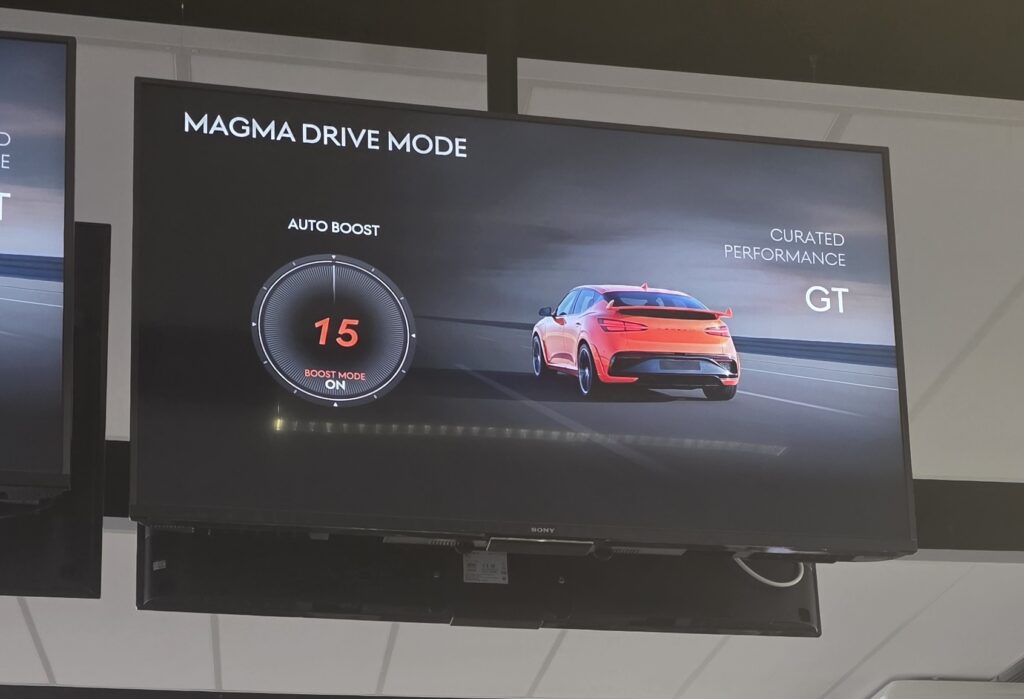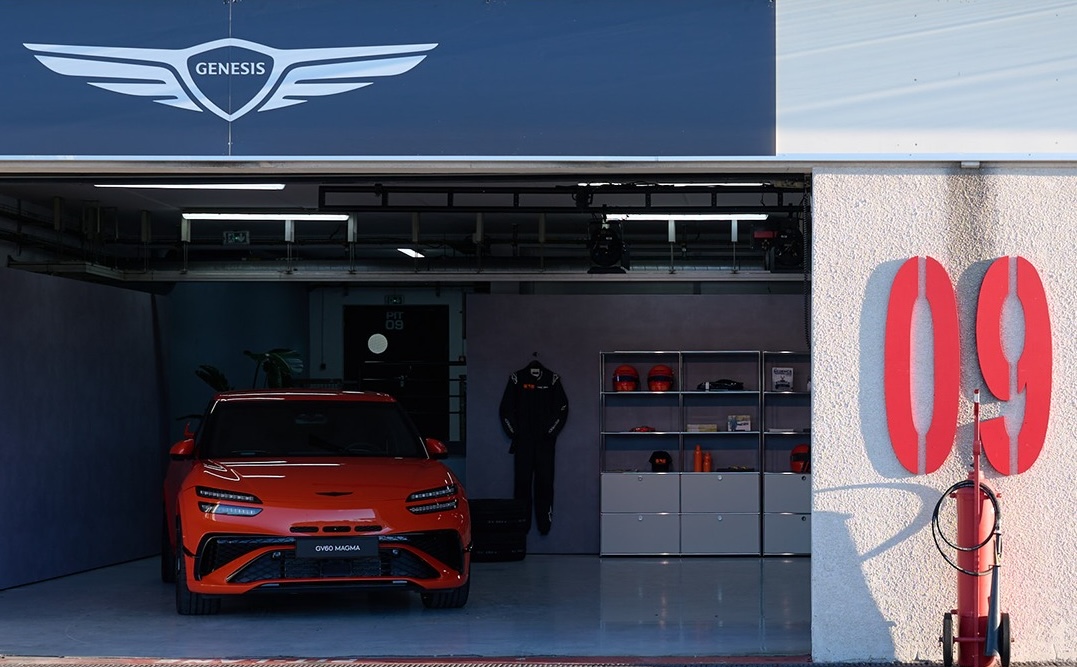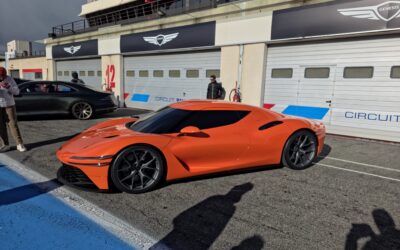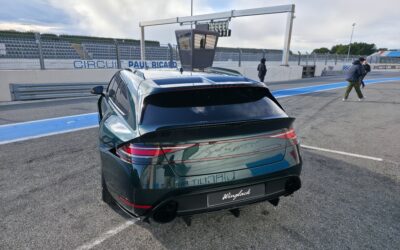Many enthusiasts immediately noticed that the GV60 Magma delivers the same peak output as the IONIQ 5 N: 650 horsepower with Boost mode engaged. While some expected the Magma to surpass that figure, there is a clear engineering reason behind this decision. According to Manfred Harrer, the head of the Hyundai N brand and former Porsche engineering leader, the current limit of the E-GMP platform is 650 horsepower. However, they managed to extract a bit more from the system to differentiate it, even though they’re already working on the next-generation platform.
The 650-Horsepower Ceiling of E-GMP
Both the GV60 Magma and the IONIQ 5 N use the same E-GMP (Electric Global Modular Platform), Hyundai’s dedicated EV architecture. While the platform has proven capable, it does have a structural and thermal ceiling.
Manfred Harrer explained that 650 horsepower is the upper boundary the platform can safely and consistently deliver, based on:
- Motor size and current limits The platform’s dual-motor system can only draw and manage a specific amount of electrical current without compromising reliability or safety.
- Inverter and battery thermal thresholds The E-GMP’s 800-volt battery and power electronics can produce extreme bursts of power, but beyond 650 horsepower, sustained heat buildup becomes a limiting factor.
- Chassis and driveline durability Torque levels above the current output would require a stronger, reengineered driveline and more robust cooling systems than E-GMP was originally designed for.
Harrer confirmed that these constraints apply across all performance cars based on the current E-GMP architecture, making 650 horsepower the practical maximum.

How does the GV60 Magma differ from the IONIQ 5 N Performance?
Although the GV60 Magma is positioned differently from the IONIQ 5 N, both share:
- The same dual-motor layout
- The same 800-V electrical architecture
- The same peak power output and Boost mode behavior
- The same power electronics limitations
The GV60 Magma is targeted at buyers of luxury performance EVs similar to Porsche, BMW M, and Mercedes-AMG. Even within this competitive segment, Harrer made it clear that exceeding 650 horsepower is not feasible without moving to a new generation of EV architecture.
This is why the GV60 Magma delivers the same 650 horsepower and accelerates to 200 km/h in 10.9 seconds from a standstill, a small improvent over the the IONIQ 5 N (11.2 seconds). The GV60 Magma also gained an additional 5 seconds of boost, bringing its horsepower up to 650 (from the standard 609 hp) more time.
GV60 Magma: Performance Designed for High-Speed Stability
While the power ceiling is the same, the GV60 Magma distinguishes itself through design and aerodynamics:
- A wider, lower body than the standard GV60 for improved stability
- Wing-shaped rear spoiler that generates downforce at high speeds
- Boost button on the steering wheel that unleashes the full 650 horsepower for 15 seconds
- Performance-oriented chassis tuning aimed at premium-performance EV customers
The driving feel separates the Magma from the IONIQ 5 N, even though both use identical power output limits.
A New Platform Is Coming
The biggest takeaway from Harrer’s comments is that Hyundai Motor Group is actively developing an all-new high-performance EV platform. This next-generation architecture will surpass the limitations of E-GMP and allow significantly higher power outputs in future N and Magma models.






